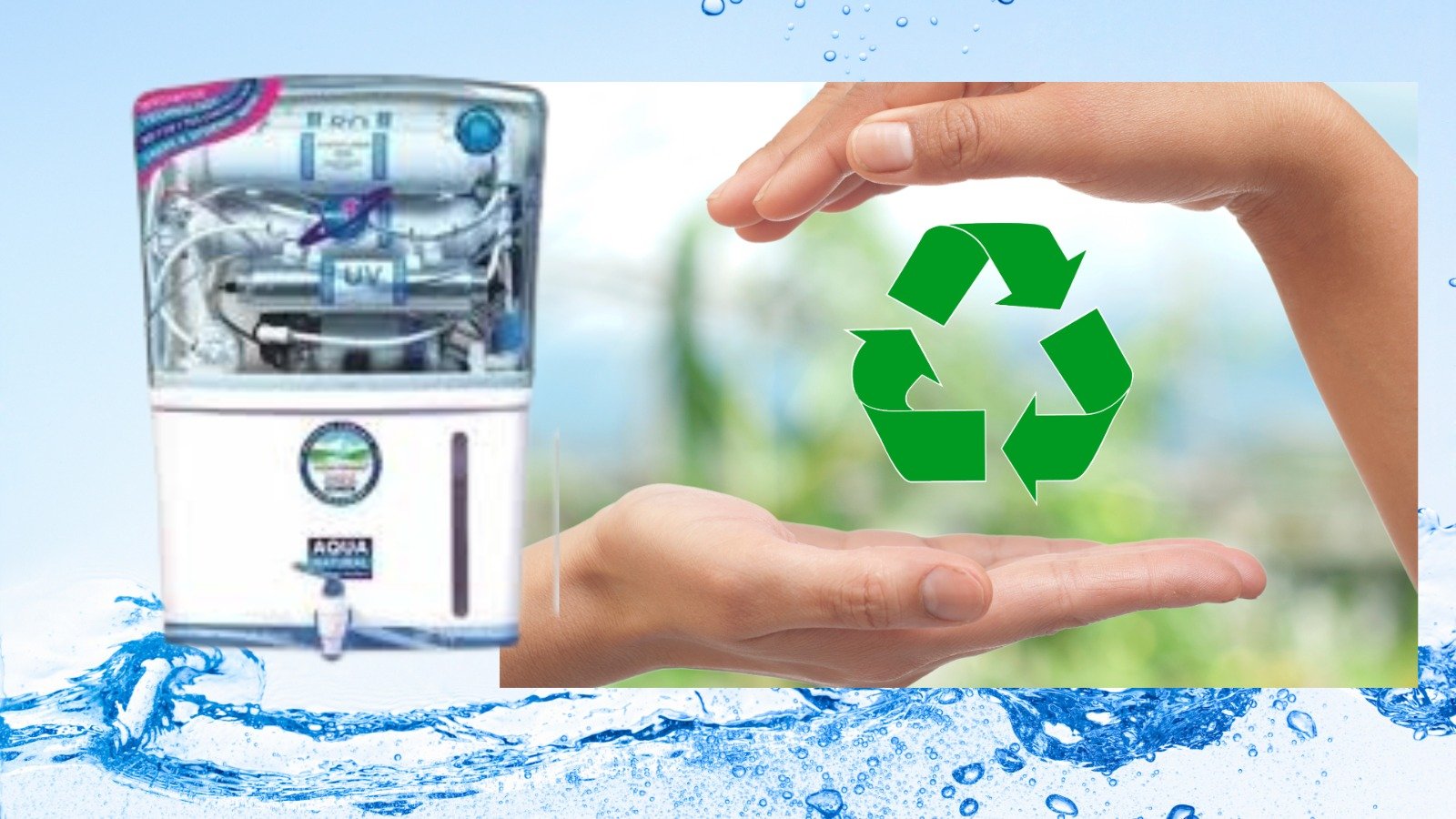Completing the Water Cycle: Going Beyond Rainwater Harvesting
OYF Team Sep 11, 2025 Environment & Sustainability 177

Why RO Reject Water Matters
Water is a limited resource. It has existed since the age of dinosaurs, yet today, it is under unprecedented pressure. While rainwater harvesting and wastewater treatment are familiar conservation methods, a hidden opportunity lies in our own homes and communities—Reverse Osmosis (RO) reject water.
Most households and offices use RO systems for drinking water. For every 1 liter of clean water produced, 3–4 liters of reject water are discarded. This rejected water isn’t “waste”—it’s underutilized potential that, if managed well, can conserve millions of liters every year.
The Misconceptions Around Water Recycling
Despite its benefits, water recycling often faces resistance due to myths:
-
“Recycled water isn’t safe.”
In reality, reject water is drawn from the same input water we use for bathing or washing—its only issue is higher TDS (salts and hardness). -
“It’s too costly.”
While infrastructure needs some investment, the long-term savings in water bills and reduced dependency on municipal supplies make it highly cost-effective.
The Scale of the Problem
-
A family of 4 requires 40 liters/day of drinking water. To produce this, an RO system consumes 200 liters, generating 160 liters of reject water.
-
In a 24-flat residential complex, this translates to 3,840 liters/day of wasted water—20% of total demand.
-
Over a year, this equals 14 lakh liters of lost water—three times more than what rooftop rainwater harvesting provides in the same building.
How to Reuse RO Reject Water
There are two practical approaches:
1. Direct Use (After Softening)
RO reject water is safe for non-drinking purposes like:
-
Floor cleaning
-
Car washing
-
Toilet flushing
-
Gardening (for tolerant plants)
Challenge: High hardness causes scaling and stains.
Solution: A water softener can remove hardness, making the reject water fully reusable.
2. Dilution Method
By mixing reject water with normal supply water, the TDS increase is minimal.
-
Example: In our 24-flat complex, mixing 3,840 liters of reject water with 15,360 liters of regular water raises TDS by just 6%, while saving 20% water daily.
-
Over time, the water system stabilizes with a slightly higher but acceptable TDS level—an excellent trade-off for the conservation achieved.
Beyond Rainwater Harvesting
Rainwater harvesting is essential—but RO reject water recycling can save 3 times more water in certain setups. Together, both practices create a powerful dual strategy for sustainable water management.
Conclusion: Turning “Waste” into Wealth
Right now, we are throwing away lakhs of liters of valuable water every year. By recycling RO reject water—through softening, dilution, or creative reuse—we can transform a perceived waste into a sustainability asset.
Every household, residential society, and office can adopt this practice.
👉 Share this knowledge with neighbors, relatives, and friends.
👉 Start small—redirect your reject water today.
Remember: Every drop counts, and every household can make a difference.